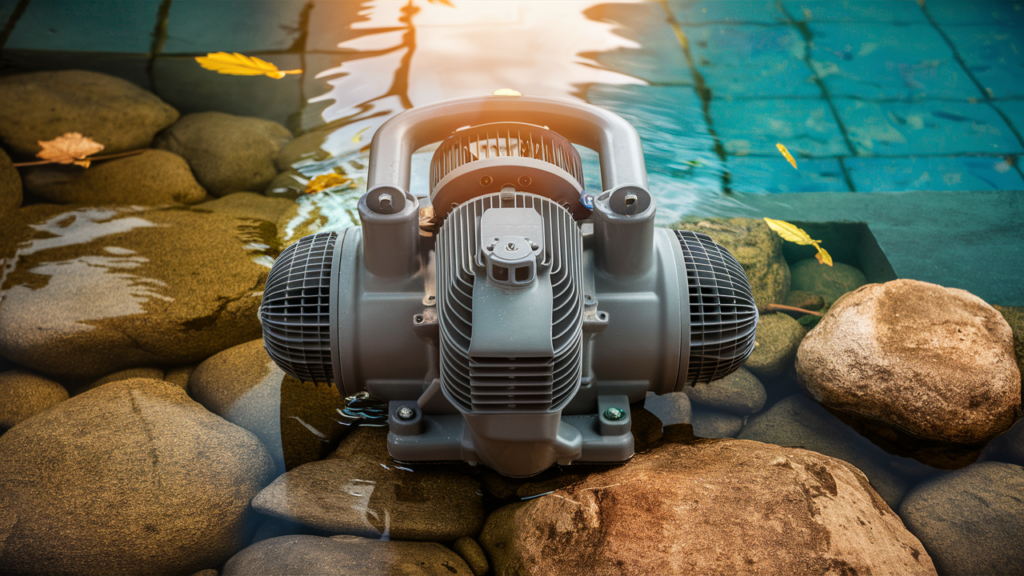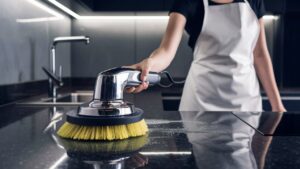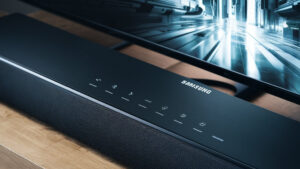To use an inground pool pump, start by filling the housing with water and ensuring that the pump is set to the “filter” position. Next, check that all valves are open to allow water flow.
Then, run the pump and monitor it as it fills with more water. Repeat this process until water comes out of the inlet. It’s recommended to run the inground pool pump for about eight hours a day, especially during summer, to ensure proper circulation and filtration.
Running the pump during off-peak electricity hours can help reduce maintenance costs without compromising water quality.
Introduction To Inground Pool Pumps
Learn how to effectively operate an inground pool pump by setting the multi-port, running the pump, and monitoring water flow. Prime the pump by filling the housing, ensuring valves are open for proper water circulation. Repeat until water comes out of the inlet for optimal performance.
| Introduction to Inground Pool Pumps |
| Benefits of Efficient Pump Use |
| – Inground pool pumps aid in proper circulation and filtration. |
| – Operating pumps during off-peak electricity hours can save costs. |
| – Running pumps for about eight hours daily is usually sufficient. |
| Types of Inground Pool Pumps |
| – Single-speed pumps have a fixed speed and are cost-effective. |
| – Variable-speed pumps offer flexibility and energy efficiency. |
Getting Started With Your Pump
When using your inground pool pump, it is important to start with the initial setup. Before beginning, make sure to follow all safety precautions to ensure a secure environment. Once you have taken the necessary safety measures, proceed with the setup process by ensuring that the pump is correctly positioned and connected to a power source. It is also crucial to prime the pump and check that all valves are open to allow water flow. Additionally, make sure to run the pump and monitor the water level. By following these steps, you can effectively get started with your inground pool pump.
Priming Your Pool Pump
When it comes to using an inground pool pump, priming is an essential step. To prime your pool pump, first, fill the housing and ensure all valves are open. Then, run the pump and watch as it fills with water. Repeat this process until water comes out of the inlet. If you encounter issues, troubleshoot by checking for air leaks, blockages, or clogs in the system. Additionally, ensure the pump lid O-ring is clean and lubricated. Properly priming your pool pump is crucial for efficient operation and optimal water circulation.
Optimal Pump Settings
To achieve optimal pump settings for your inground pool, start by setting the multi-port to filter and ensuring all valves are open to allow water flow. Run the pump and monitor the water levels, repeating as necessary until water comes out of the inlet.
It’s advisable to run the pump for about eight hours a day, especially during the summer, to ensure proper circulation and filtration while minimizing maintenance costs.
|
To maximize efficiency, adjust inground pool pump settings according to variable speeds. Seasonal changes may require different pump settings for optimal performance. Running the pump for about eight hours daily during summer is generally sufficient for circulation and filtration. Operating the pump during off-peak hours can help reduce maintenance costs without compromising water quality. |

Daily Operation Tips
Learn how to use your inground pool pump efficiently with these daily operation tips. Start by setting the multi-port to filter and checking that all valves are open to allow water flow. Run the pump for about eight hours a day, especially during summer, to ensure proper circulation and filtration.
Operating the pump during off-peak electricity hours can help reduce maintenance costs without compromising water quality.
| Daily Operation Tips |
| Ideal Running Times |
| Running your inground pool pump for about eight hours a day, especially during summer, is usually sufficient for proper circulation and filtration. However, the ideal running time may vary depending on factors such as pool size, usage, and weather conditions. In general, it’s best to consult with a pool professional to determine the ideal running time for your specific pool. |
| Saving Energy and Costs |
| Operating your pool pump during off-peak electricity hours, mostly at night, can help reduce maintenance costs without compromising water quality. Additionally, programming your variable-speed pool pump can also save energy and costs. It’s important to regularly clean the strainer and impeller baskets and prime the pump to ensure it’s working efficiently. |
Maintenance Musts
When it comes to using an inground pool pump, cleaning the strainer basket is a crucial maintenance task. It’s important to regularly remove debris and clean the basket to ensure proper water flow and prevent clogging.
Inspecting the impeller is another essential maintenance must. You should check for any debris or obstructions that could affect the pump’s performance. Regular inspection can prevent potential issues and ensure the pump operates efficiently.
Advanced Techniques
Enhancing Circulation: One advanced technique for improving inground pool pump performance is to use a timer. By setting a timer to run the pump during off-peak electricity hours, such as at night, you can reduce maintenance costs without compromising water quality. Pool pumps do not need to run continuously; running them for about eight total hours a day, especially during summer, is usually sufficient for proper circulation and filtration. Additionally, programming your variable-speed pool pump can further enhance its efficiency. Understanding how your pool pump works and how to prime it can also contribute to better circulation and filtration.
Troubleshooting
Identifying Common Problems: When troubleshooting your inground pool pump, there are a few common problems that you may encounter. These include a pump that won’t start, low water pressure, strange noises coming from the pump, and leaks.
When to Call a Professional: While some troubleshooting can be done on your own, there may be times when it’s best to call a professional. If you’re unsure of what the problem is or you don’t have the proper tools to fix it, it’s best to leave it to the experts. Additionally, if your pump is still under warranty, attempting to fix it yourself may void the warranty.
Frequently Asked Questions
How Many Hours A Day Should You Run Your Inground Pool Pump?
Run your inground pool pump for about 8 hours daily for proper circulation and filtration. Opt for off-peak hours to save on maintenance costs without compromising water quality.
How Do You Start An Inground Pool Pump?
To start an inground pool pump, first fill the housing and valve off the pump. Set the multi-port to filter and check that all valves are open. Run the pump and watch it fill with water. Repeat until water comes out of the inlet.
The pump should run for about eight hours a day during summer.
Should An Inground Pool Pump Run Continuously?
An inground pool pump does not need to run continuously. Running it for about eight hours a day, especially during summer, is usually sufficient for proper circulation and filtration. Running the pump during off-peak electricity hours, mostly at night, can help reduce maintenance costs without compromising water quality.
What Setting Do I Put My Pool Pump On?
To determine the setting for your pool pump, follow these steps: 1. Fill the pump housing and valve off the pump if possible. 2. Set the multi-port to “filter” and ensure all valves are open for water flow. 3. Start the pump and observe as it fills with more water.
4. Repeat as necessary until water comes out of the inlet. By following these steps, you can properly set up your pool pump for optimal performance.
Conclusion
Properly using an inground pool pump is essential for maintaining clean and healthy pool water. To start the pump, prime it by filling the housing and setting the multi-port and check valves. Run the pump and observe it filling with water, repeating the process as necessary until water comes out of the inlet.
Remember, running the pump for about eight hours a day during peak electricity hours is usually sufficient for proper circulation and filtration. By following these steps, you can ensure optimal performance of your inground pool pump.







